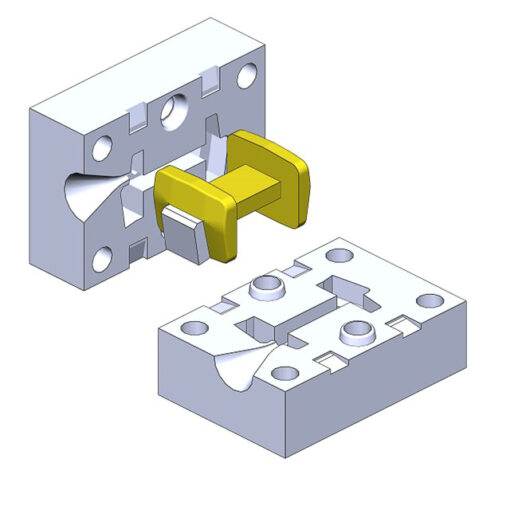Defining market needs
In research-to-business projects, customer target groups refine over time. Defining a target group requires a comprehensive amount of market knowledge. The market needs strongly drive the direction of the project’s scope and ultimately an outcome.
In the ULMARA project, the market needs were carefully addressed and indicated in several possible markets. From a technology point of view the need for green, energy-saving, and cost-saving technology and the quality of an extract, were highlighted. From a culinary and usage angle familiar and pure flavors, color, scent, and light processing were stressed. (Orpana 2023.)
It has become more evident that the high-end market offers a new concept NextGenExtraction ULMARA a promising market entry. Extractions vary from fresh ingredients to processed ones in a side stream, that in normal conditions would be considered waste. Preliminary discussions and tastings with selected companies on high-end markets indicate that new technology in the extraction process attracts interest.
Targeting into the high-end market
The high-end market is divided by different types of needs, strongly emphasizing the culinary outcome, health effects, and food innovations or business objectives such as cost efficiency, sustainable production, and better control of a side stream. Emphasis varies according to company size, concept, and even by the contact person.
![[Alt text: a cultivated chef setting food carefully to plates.]](https://blogit.lab.fi/labfocus/wp-content/uploads/sites/8/2023/12/938_2023_ULMARA-part-4-1024x638.jpg)
Companies operating in fine dining are seen as flexible and innovative when it comes to food. Perspectives might be different, but all companies share an equal interest in an experimental culture. Successful experimental culture leads to food as an experience that none of the fine dining companies are willing to bargain.
Introducing a new ultra-sound extraction technology to the high-end sector companies has been promising. Offering familiar flavors that one can identify with, has made it possible for the taster to compare the flavors, scent, and color between the extractions produced by diverse techniques. Unknown flavors are easily passed as strange, and the benefits of groundbreaking technology in culinary aspects are lost. At its best, the new technology brings opportunities for efficient use and reuse of ingredients, and better, stronger flavors, while cutting down costs.
ULMARA project
ULMARA is a research-to-business project funded by Business Finland. The project is operated in cooperation with LAB University of Applied Sciences and LUT University.
The project aims to create a new and modern way of customizing flavors using ultrasound-assisted extraction technology from fresh and healthy ingredients such as berries, fruits, and herbs. As a result, ultrasound-assisted technology is built and tested in the context of specific customer segment needs based on the market study. The results are exploited for a commercial concept. (LAB 2023.)
Author
Taina Orpana is a Senior Lecturer at LAB University of Applied Sciences and part of the LAB commercialization team.

References
guillermomuro00. 2019. Platting fine dining. Pixabay. Cited 12 Dec 2023. Available at https://pixabay.com/fi/photos/platting-hieno-ruokailu-vegaani-4282018/
LAB. 2023. ULMARA – Ultrasound Based Taste Relishes to Restaurant Kitchen. Project. LAB University of Applied Sciences Cited 4 Dec 2023. Available at https://lab.fi/en/project/ULMARA
Orpana, T. 2023. ULMARA – Ultrasound-based taste relishes to the restaurant kitchen, part 2. LAB Focus. Cited 4 Dec 2023. Available at https://blogit.lab.fi/labfocus/en/ulmara-ultrasound-based-taste-relishes-to-the-restaurant-kitchen-part-2/




